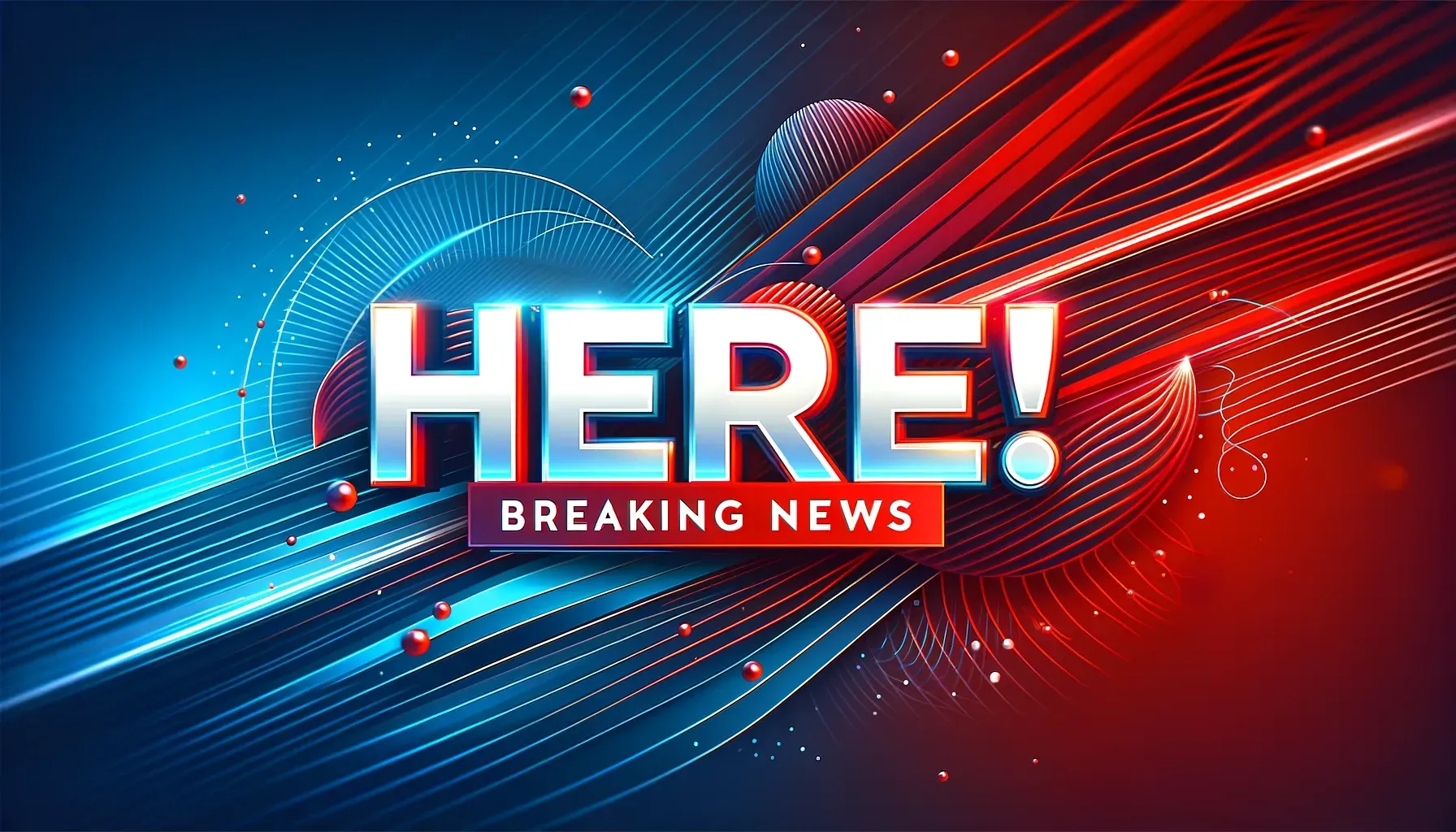News Summary
On March 11, 2025, Michigan’s Lt. Gov. Garlin Gilchrist announced his campaign for governor, aiming to become the state’s first Black governor. As the competitive primary heats up ahead of the 2026 elections, he joins other notable Democratic candidates while the Republican field also features several prominent figures. Michigan’s political landscape is poised for a dramatic shift as candidates prepare for the primaries in August 2026, leading to the general election in November.
Lansing, Michigan – On March 11, 2025, Lt. Gov. Garlin Gilchrist officially kicked off his campaign for the governorship, marking a significant moment in Michigan’s political landscape as the state gears up for its 2026 election. Gilchrist, currently serving under term-limited Governor Gretchen Whitmer, is now the third Democrat to announce their candidacy for this pivotal position.
As Michigan prepares for the upcoming electoral battle, Gilchrist aims to make history; if elected, he would become the state’s first Black governor. His entry into the race adds to a competitive Democratic primary field that includes Secretary of State Jocelyn Benson, Genesee County Sheriff Chris Swanson, and Marni Sawicki, the former mayor of Cape Coral, Florida.
The Republican side of the race is equally crowded, featuring prominent figures such as Representative John James, Michigan Senate Minority Leader Aric Nesbitt, former Michigan House Speaker Tom Leonard, former Michigan Attorney General Mike Cox, and Anthony Hudson, a truck driver who previously ran for Congress in Michigan’s 8th District during the 2024 election cycle. Notably, Detroit Mayor Mike Duggan will also be vying for the governorship as an independent candidate, which could significantly influence the dynamics of the race.
Michigan has long been considered a swing state, with control of the governor’s office alternating between Democratic and Republican parties over the past four decades. In recent elections, the state has demonstrated its competitive nature; Joe Biden secured a victory in Michigan by a narrow 2.8 points in the 2020 presidential election, while in 2024, Democratic Senator Elissa Slotkin won her U.S. Senate seat by just 0.3 points, with Donald Trump narrowly winning the state by 1.4 points.
The upcoming election is part of a larger national context, as a total of 36 governorships are up for grabs in 2026. Among these, five Democratic-led states won by Trump in the 2024 election, which includes Michigan, will hold crucial elections for governor — a significant political landscape evolution as the nation steadily approaches the presidential election season.
Primary elections for the gubernatorial candidates in Michigan are scheduled for August 4, 2026, while the general election will take place on November 3, 2026. Candidates must meet critical deadlines to have their names appear on the ballot; the cutoff for both Republican and Democratic candidates to file is set for April 21, 2026, while independents have until July 16, 2026.
As the campaign develops, candidates will engage in policy discussions and debates reflecting Michigan’s needs and priorities, as voters seek leadership on issues ranging from the economy to social justice. The entrance of more candidates into the race could lead to lively primaries, as each party works to define its platform and distinguish itself in the eyes of Michiganders.
With a dynamic mix of candidates and the stakes high for both parties, the race for Michigan’s governorship promises to be an exhilarating prospect leading into 2026.
Deeper Dive: News & Info About This Topic
- Michigan Advance: Michigan Governor’s Race Could Break Barriers and Party Lines
- Click on Detroit: 2026 Race for Michigan’s Governor: Here’s a Look at the Candidates So Far
- Michigan Independent: Who’s Running for Michigan Governor in 2026?
- CBS News: Candidates Running for Michigan Governor
- Encyclopedia Britannica: Governor of Michigan


